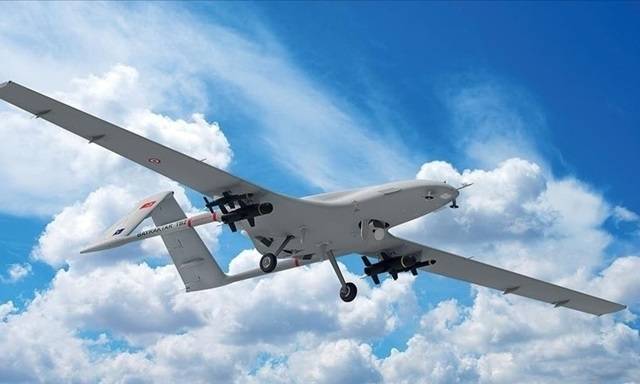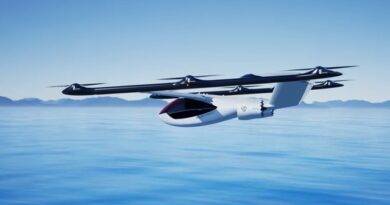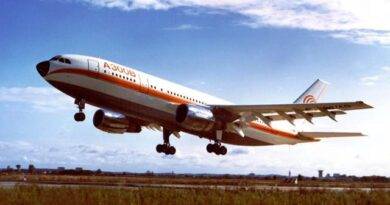The Race for UAV Supremacy: Which Country Leads the Pack?
Unmanned aerial vehicles (UAVs), commonly known as drones, have revolutionized warfare, offering a range of capabilities that have transformed modern battlefields. From intelligence gathering and surveillance to reconnaissance and precision strikes, UAVs have become indispensable assets for militaries worldwide. The Race for UAV Supremacy: Which Country Leads the Pack?
In the realm of UAV production, several countries stand out as global leaders, each with its own strengths and areas of expertise. Here’s a closer look at the top contenders:
United States
The United States is undoubtedly the global leader in UAV technology, with a long history of innovation and development in this field. American UAVs, such as the MQ-1 Predator and MQ-9 Reaper, have been extensively used in military operations around the world. The US boasts a strong aerospace industry and a deep commitment to military research and development, which has propelled it to the forefront of UAV technology.
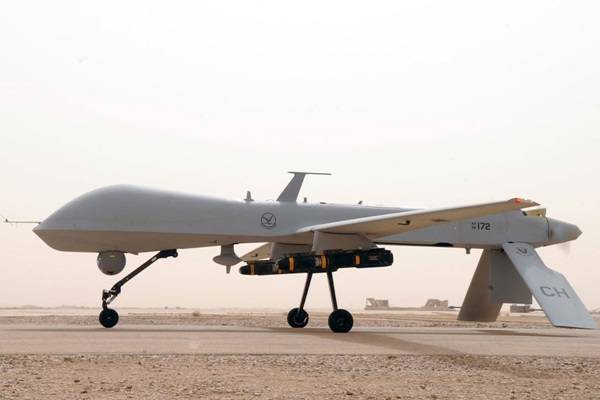
China
China has emerged as a formidable competitor in the UAV market, rapidly developing its own advanced UAV systems. Chinese UAVs, such as the CH-4 Rainbow and WJ-700 Pegasus, have gained recognition for their capabilities and affordability. China’s growing military modernization efforts and its focus on indigenous technology development have fueled its progress in the UAV sector.
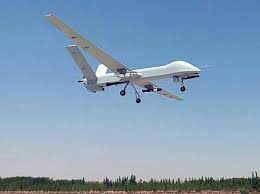
Israel
Israel is renowned for its technological prowess, particularly in the field of defense. Israeli UAVs, such as the Hermes 450 and Heron TP, are known for their precision, endurance, and versatility. Israel’s expertise in UAV technology stems from its long history of conflict and its emphasis on developing innovative solutions to security challenges.
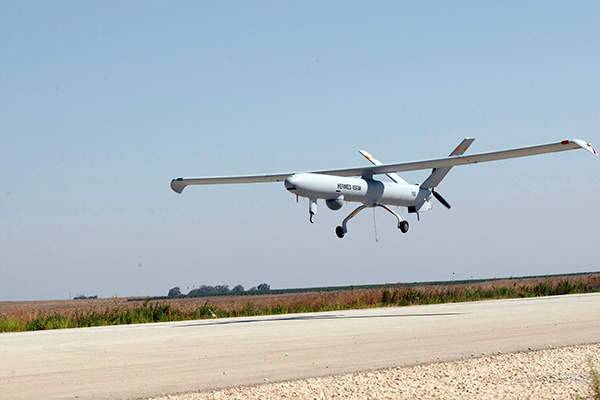
Turkey
Turkey has made significant strides in UAV production in recent years, developing a range of highly capable UAVs, including the Bayraktar TB2 and Anka-3. Turkish UAVs have gained prominence in conflicts around the globe, particularly in the Middle East, due to their effectiveness and relatively low cost. Turkey’s focus on self-reliance in defense technology has contributed to its success in the UAV sector.
Other Notable Players:
In addition to these leading countries, several other nations are actively involved in UAV development and production, including France, the United Kingdom, Russia, and India. Each country brings its own unique strengths and perspectives to the field, contributing to the continuous advancement of UAV technology.
Determining the Advantageous Position:
While each of the aforementioned countries holds distinct strengths in UAV technology, the question of which country holds the most advantageous position at the moment is a complex one. Several factors contribute to a country’s advantageous position in the UAV market, including:
- Technological Expertise: The ability to develop cutting-edge UAV systems with superior capabilities is a crucial factor in gaining an advantage.
- Production Capacity: The ability to produce UAVs efficiently and at scale is essential for meeting domestic and export demands.
- Operational Experience: Extensive experience in deploying and utilizing UAVs in real-world scenarios provides valuable insights and expertise.
- Global Influence: A country’s global standing and its ability to influence international norms and regulations can play a role in its UAV market position.
Considering these factors, it is evident that the United States, China, Israel, and Turkey currently hold strong positions in the UAV market. Each country possesses a combination of technological expertise, production capacity, operational experience, and global influence that places it among the frontrunners of UAV development and production.
The future of UAV technology remains uncertain, with rapid technological advancements and evolving military strategies shaping the landscape. However, the countries mentioned above are likely to continue playing a leading role in this dynamic field, pushing the boundaries of UAV capabilities and influencing the course of future conflicts.
References and Further Reading:
- “World of Drones: Who Has What: Countries Developing Armed Drones” by New America: https://www.flightglobal.com/military-uavs/us-army-advances-four-designs-in-new-uav-development-effort/153448.article
- “The Race for UAV Supremacy: Which Country Leads the Pack?” by Defense News: https://ts2.space/en/the-race-for-drone-supremacy-global-powers-competing-for-dominance/
- “The Top 10 UAV Producing Countries in the World” by Droneii Insights: https://droneii.com/
- “The Situation of Countries in the Production of Unmanned Aerial Vehicles for Military Purposes, Which Country Seems to Be More Advantageous at the Moment” by The National Interest: https://quizlet.com/216391988/chapter-17-quiz-flash-cards/
- “Turkey among top 3 countries in world in combat drone technology” by Anadolu Ajansı: https://www.trtworld.com/turkey/erdogan-turkey-among-top-3-countries-in-combat-drone-technology-49554
- Image mq1 predator source: https://www.military.com/equipment/mq-1b-predator
- Image ch4 rainbow source: https://defense-update.com/20160605_improved_ch-4_rainbow.html
- Image Hermes 450 source: https://www.airforce-technology.com/projects/hermes-multirole-high-performance-tactical-uas/
